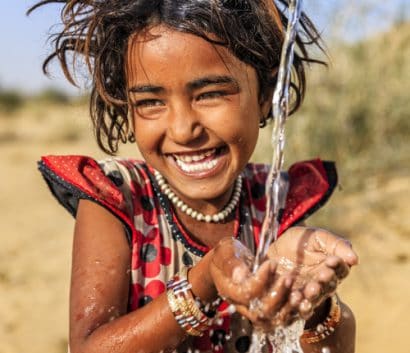Disease Impact of Unsafe Water
Unsafe water is water that contains germs, parasites, or toxic chemicals. Harmful germs, parasites, and chemicals can get in water from many sources, including human or animal feces (poop), pesticides, and other chemicals. Contaminated water and poor sanitation are linked to the transmission of diseases such as cholera, typhoid, and polio.

Diarrhea
Worldwide, diarrhea is the fifth leading cause of death in children younger than 5 years old. The leading risk factors for diarrhea among these children are childhood wasting (low weight for height score), unsafe water, and unsafe sanitation.1 The germs that cause diarrhea are commonly spread by food or water that has been contaminated with human or animal poop. This contamination can occur in the environment because of inadequate sanitation and inadequate protection of drinking water sources and food products. Contamination can also happen in the home through unsafe water storage and poor hygiene.
Neglected Tropical Diseases
Without access to safe water, sanitation, and hygiene (WASH), it also becomes difficult to prevent and manage neglected tropical diseases, such as schistosomiasis, trachoma, and Guinea worm disease. Neglected tropical diseases and limited access to WASH contribute to a cycle of poverty and disease. Reliable access to safe water, hygiene, and sanitation reduces the global disease burden.1
- GBD 2016 Diarrheal Disease Collaborators (2018). Estimates of the global, regional, and national morbidity, mortality, and aetiologies of diarrhoea in 195 countries: a systematic analysis for the Global Burden of Disease Study 2016. The Lancet: Infectious Diseases, 18(11), 1211–1228.